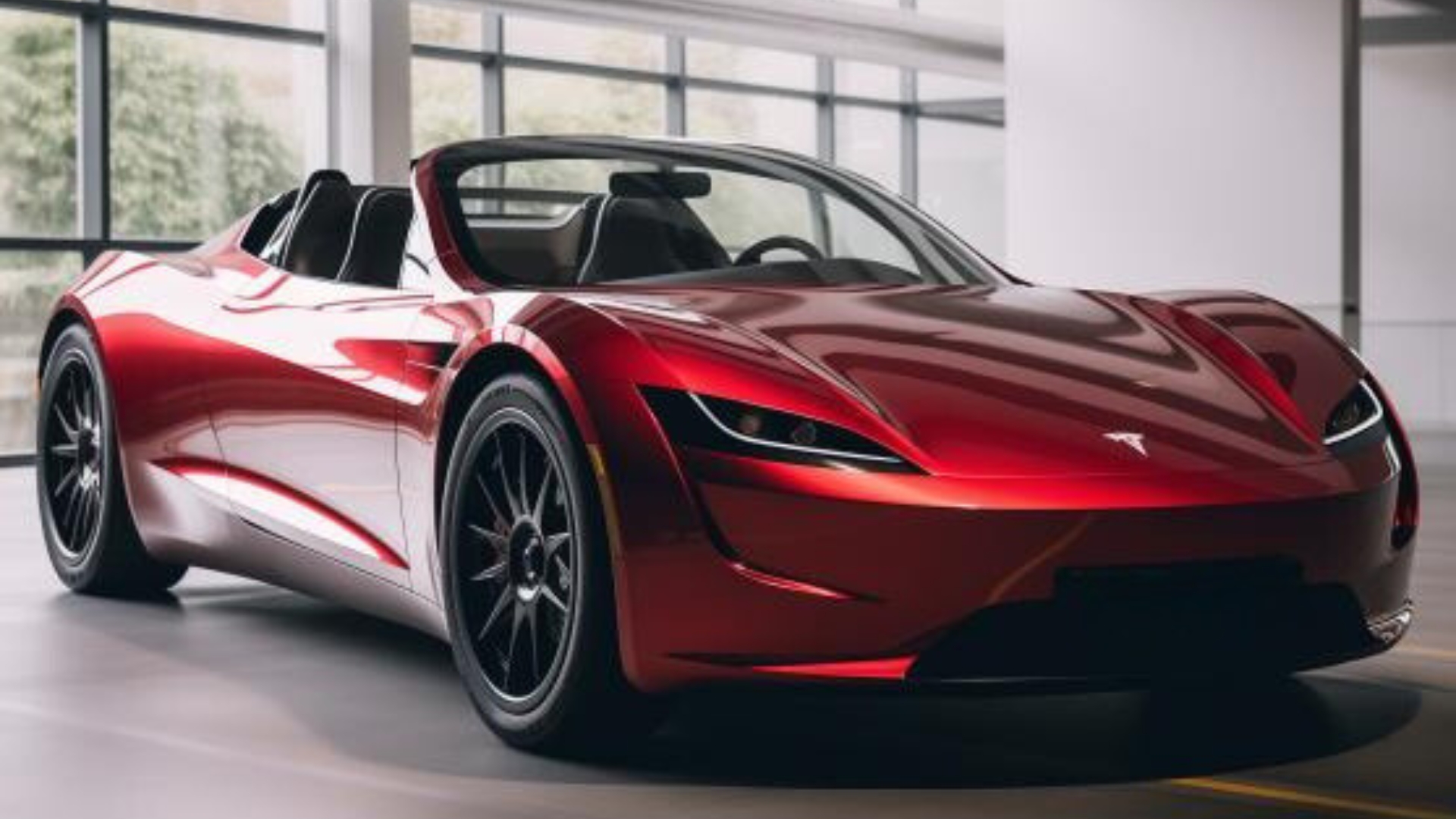Elon Musk’s Tesla Roadster claims, Nissan Disappointment, Apple’s strategic withdrawal, and Renault’s nostalgic yet futuristic revival of a classic. Discover insights on the challenges and innovations driving the EV sector.
Nissan
Nissan Leaf owners are facing disappointment after Nissan announced its Nissan Connect EV app will soon be stopped for older models. The app can enable remote control functions like heating. This change will affect thousands of Nissan Leaf vehicles made before 2016. While Nissan explains the upcoming 2G switch-off as the reason, affected customers never realised this could happen and expected support for such a crucial feature for the lifespan of the vehicle.
Despite the discontinuation of the app, Nissan has pointed out that owners can still use significant features such as the Climate Control Timer and Charging Timer directly through the car’s built-in Navigation System. However, the app’s remote capabilities were a key selling point.
This move reflects a growing unease over the longevity of tech support in older electric vehicles similar to those seen in older tech devices such as mobile phones, where support for operating systems is phased out over time.
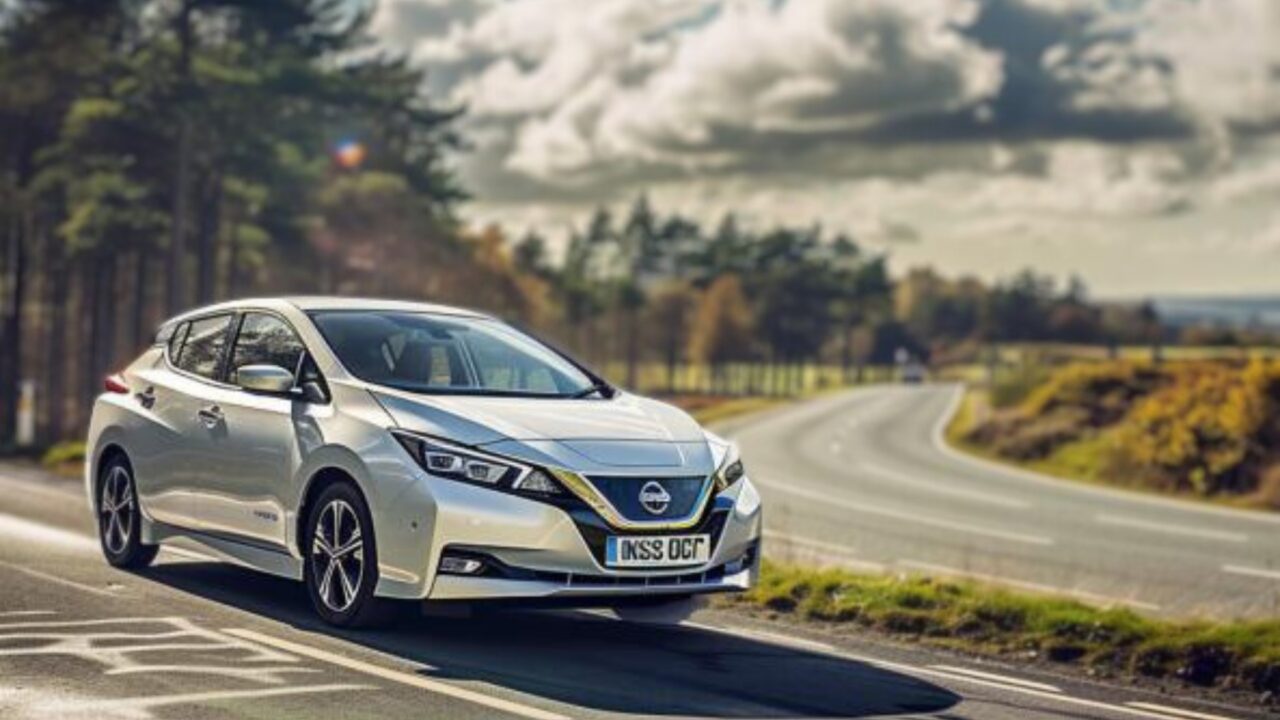
Electric motor owners might find themselves grappling with outdated systems and manufacturers charging subscription fees for features, all of which could put off potential consumers.
However, this issue is widespread across the automotive industry and includes combustion-engined vehicles too. The shutdown of 3G networks is causing issues with automatically contacting emergency services in the event of a crash. This issue varies by manufacturer, affecting brands such as Hyundai, Jeep, Lexus and Toyota, with solutions ranging from software or hardware upgrades to some vehicles losing connectivity permanently.
Amazing Tesla Roadster Claims
Elon Musk has made ambitious claims about Tesla’s second-generation Roadster. Claims that the Roadster could achieve 0-60 mph in less than one second have sparked both excitement and scepticism, writes TheAutopian.com.
This claim exceeds the capabilities of the current fastest electric hypercars and challenges the limits of tyre technology. To achieve this, Musk hinted at a “Tesla/SpaceX collab” involving small rocket thrusters to enhance the vehicle’s performance and suggests a great leap beyond current conventional automotive technologies.
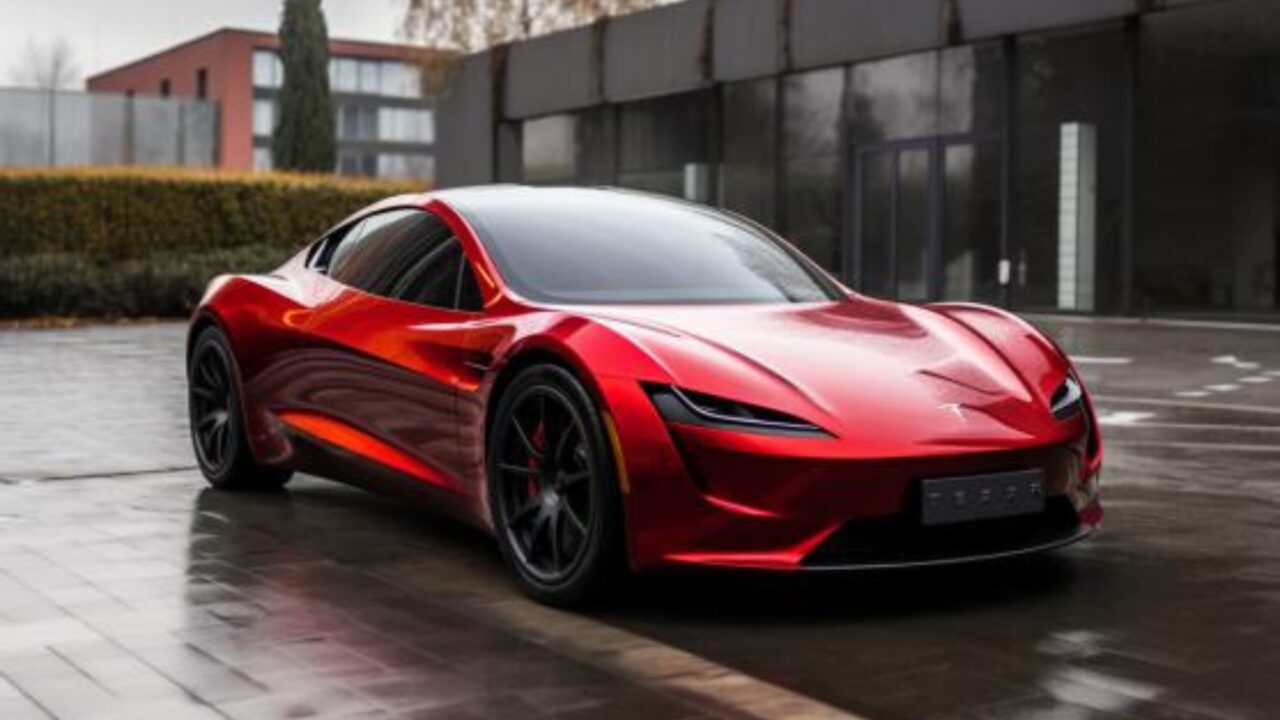
The Roadster has seen multiple delays, and the concept of a tri-motor setup and the potential for groundbreaking quarter-mile times remains within the realm of possibility. The prospect of the Tesla Roadster contributes to the excitement around electric sports cars.
Apple U-Turn
After years of speculation and a rumoured investment of billions in research and development, Apple has reportedly shelved its plans to enter the electric vehicle (EV) market.
Despite never officially confirming the project, which was believed to involve around 2,000 people under the code name Project Titan, the tech giant is said to have redirected its focus towards artificial intelligence (AI).
According to Bloomberg News, this decision aligns with the views of industry analysts who see AI as a more promising area for growth.
This shift comes amidst a challenging environment for EV manufacturers, facing high borrowing costs and intense competition. Notably, even industry leaders like Ford, General Motors, and Tesla have adjusted their EV strategies in response to the market’s changing dynamics.
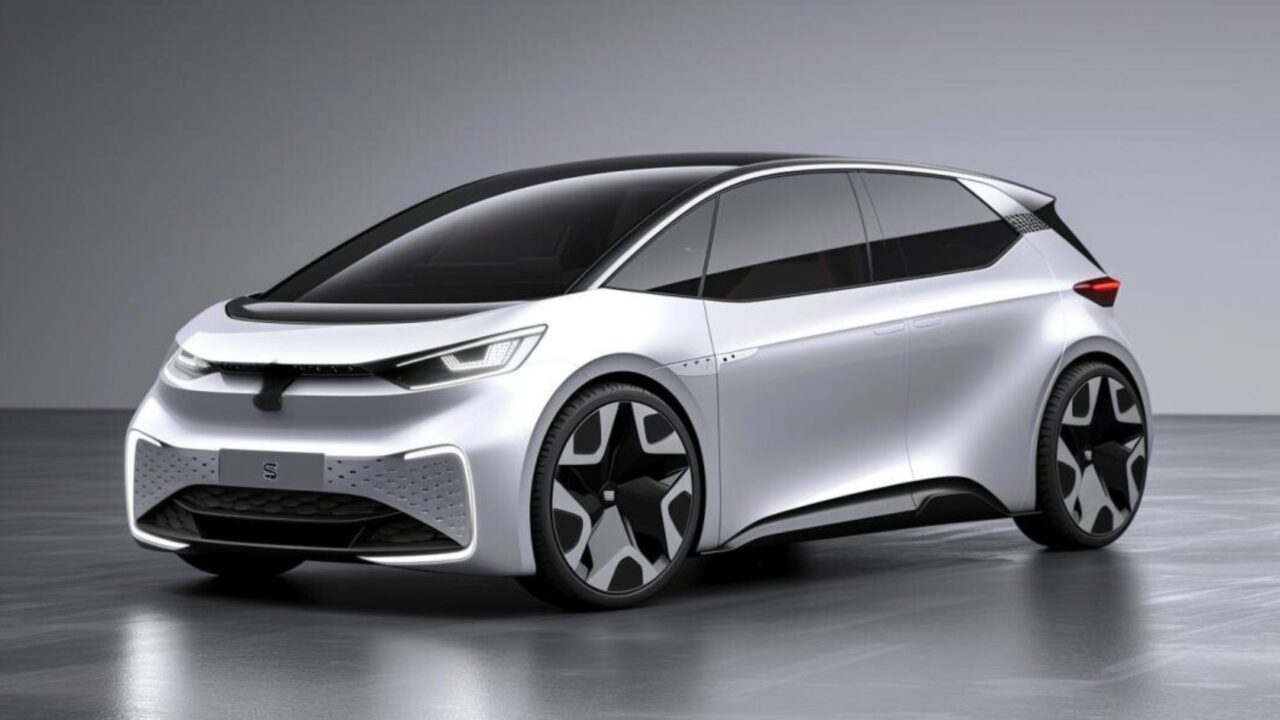
As Apple turns its attention to AI, with initiatives like the Vision Pro virtual reality headset, the consumer electronics landscape is set to be significantly influenced by generative AI technologies, according to the BBC.
However, the announcement has got reactions from China’s leading EV makers, as reported by the South China Morning Post. Xiaomi has expressed its astonishment regarding Apple’s decision to exit the EV market. Despite acknowledging the challenges of car manufacturing, Lei affirmed Xiaomi’s unwavering dedication to its EV initiative. Xiaomi, who also ventured into the EV market in 2021, revealed its first car, the SU7, in December after significant investment and development efforts.
Li Auto and Xpengs CEOs also shared their views, despite anticipating stiff competition in the industry. Xpeng itself is planning significant expansions, including hiring thousands of new employees and launching multiple new models in the coming years.
Renault Collaborations
At the Geneva Motor Show, Renault’s CEO emphasised the importance of not giving in to the dominance of Chinese and U.S. EV manufacturers. Renault has introduced the new Renault 5, a vehicle that merges futuristic electric capabilities with a nostalgic design reminiscent of the original Renault 5, from the 1970s. The car boasts a range of around 180 to 245 miles and a 150hp motor and signifies Renault’s commitment to making small, affordable electric cars.
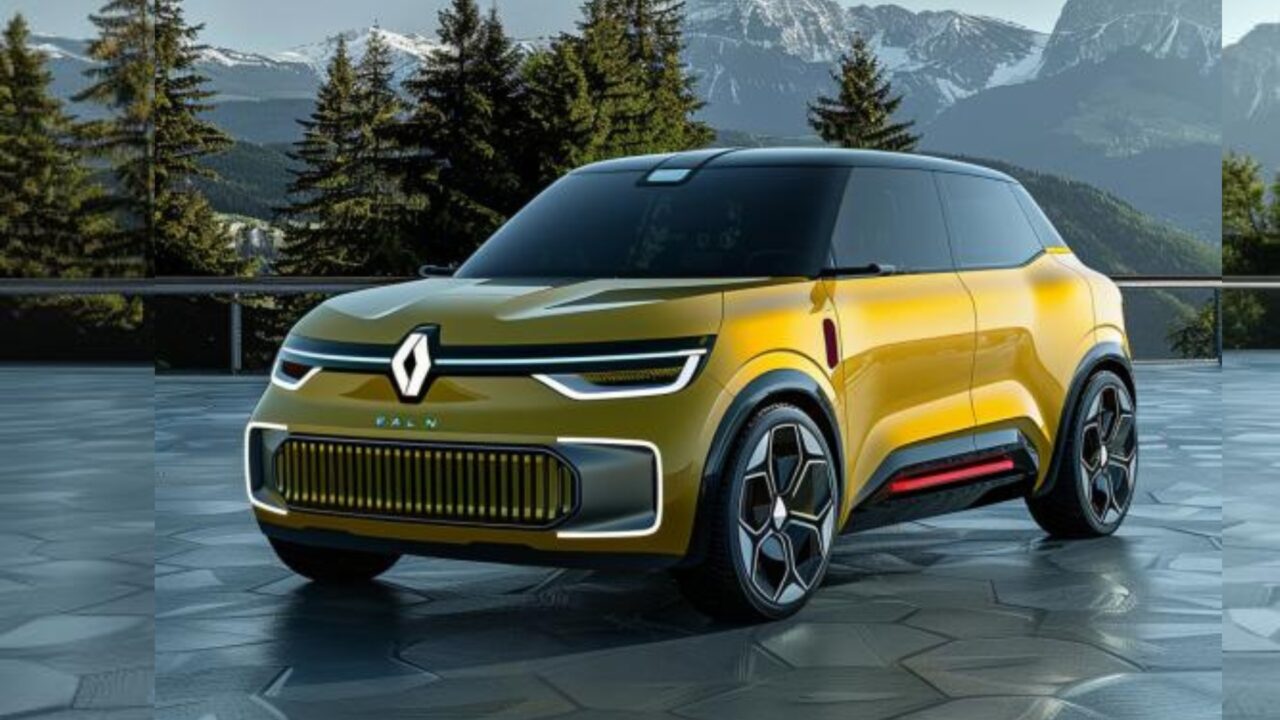
The challenge faced by European carmakers to keep pace with innovation, especially in battery technology and production costs provides a unique opportunity to innovate in battery efficiency for smaller vehicles. This strategy, he believes, could pave the way for more affordable EVs.
Collaborating with Chinese companies, to share their expertise and resources such as the “gigafactories” in Europe, this cooperation is crucial for closing the technological gap and advancing Europe’s position in the electric vehicle market.
Charging Partnership
EVA England has announced a new partnership with Octopus Electroverse, enriching its members’ electric vehicle (EV) charging options. Through this collaboration, EVA England members are now entitled to exclusive discounts on various EV products and services, along with a £10 credit for public charging across Electroverse’s vast network, which boasts over 650,000 charge points throughout the UK.
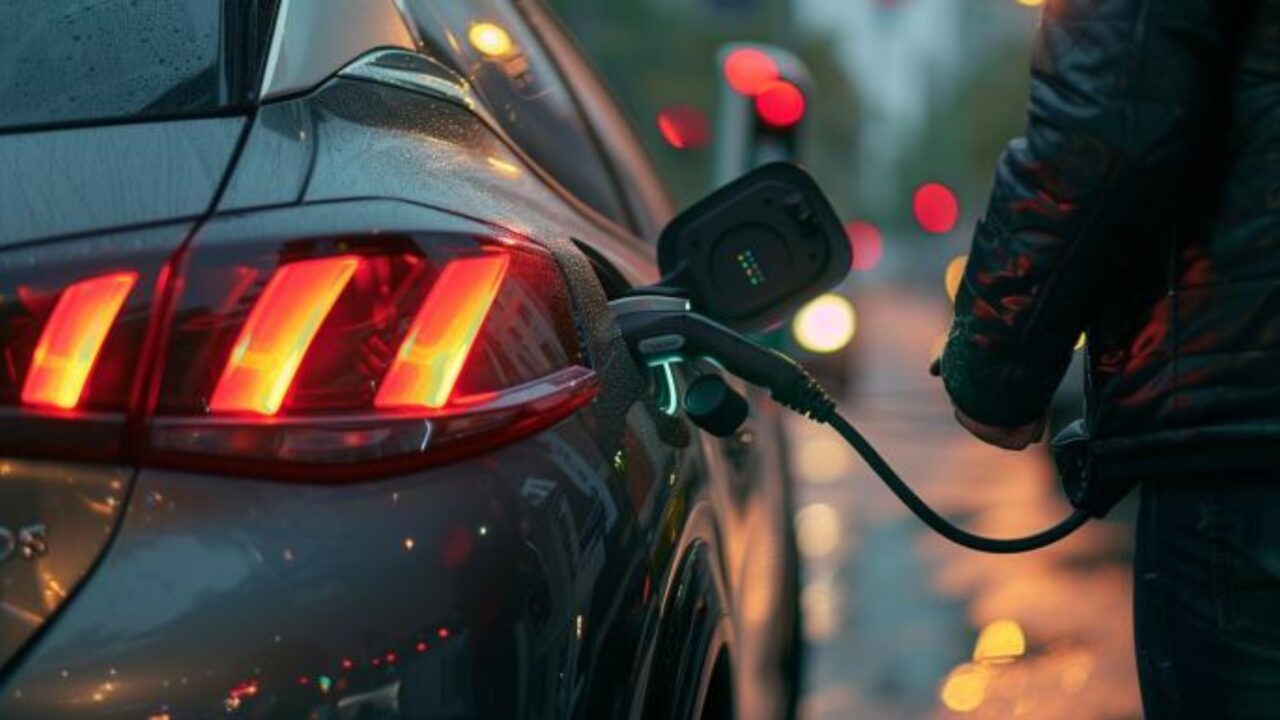
This initiative aims to streamline the EV charging process, offering features such as interactive maps and in-car support to enhance the user experience. This will simplify EV charging and support the transition to more affordable and environmentally friendly electric transport.
